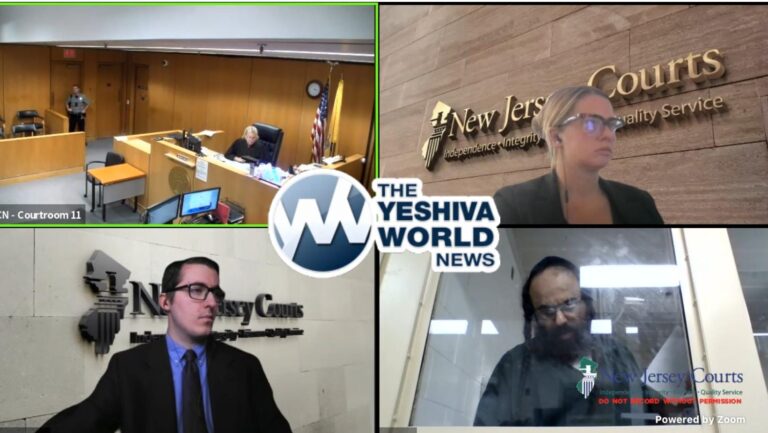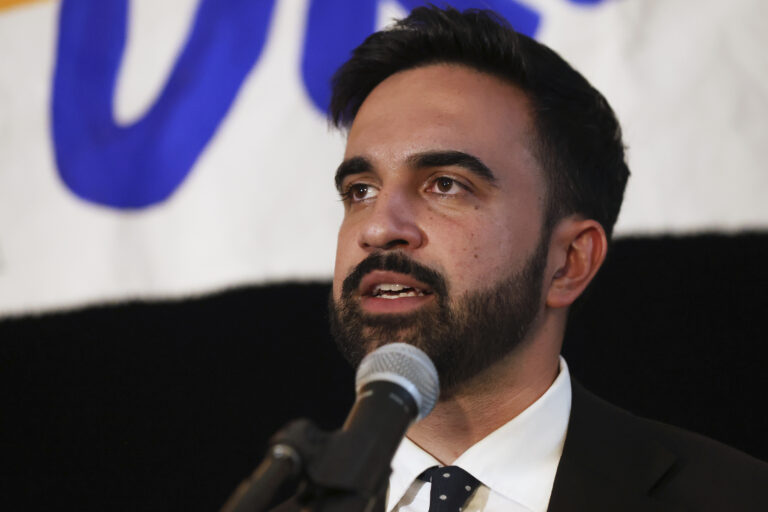The Supreme Court began its term nine months ago with Merrick Garland nominated to the bench, Hillary Clinton favored to be the next president, and the court poised to be controlled by Democratic appointees for the first time in 50 years.
Things looked very different when the justices wrapped up their work this week.
The court’s final decisions and orders were almost emphatic declarations, if there had been any doubt, that this is once again a conservative-leaning court that may only move more to the right in the years to come.
The justices gave President Donald Trump the go-ahead to start enforcing at least part of his travel ban, showed that the wall between church and state is perhaps not as high as it once was and invigorated a baker’s religion-based refusal to create a wedding cake for a same-sex couple.
“Liberals were certainly looking forward to a Clinton presidency that would alter the direction of the court. This was not an outcome we predicted,” said Nan Aron, president of the liberal Alliance for Justice.
The first casualty of Trump’s election was Garland, the appellate judge whom President Barack Obama nominated to the high court. Instead of Garland on the far right of the bench where the newest justice sits, there was Justice Neil Gorsuch. The placement also meshed with his votes. The Trump nominee who joined the court in April, Gorsuch staked out the most conservative position in a number of closely watched cases, including the one on the travel ban.
The 49-year-old Coloradan restored the court’s conservative tilt, nearly 14 months after Justice Antonin Scalia’s death left the remaining eight justices divided between four liberal-leaning Democratic appointees and four conservative-leaning Republican appointees. Trump also could bring seismic change to the court if any of the three oldest justices — 84-year-old Ruth Bader Ginsburg, 80-year-old Anthony Kennedy or 78-year-old Stephen Breyer — steps down in the next few years.
The youngest justice was unusually active both as a questioner during arguments and in his writing. Gorsuch wrote separately from the court’s majority opinion seven times in less than three months, the same number of such opinions Justice Elena Kagan wrote in her first two years on the court, University of Texas law professor Stephen Vladeck noted on Twitter.
Some terms are notable for the blockbuster rulings they produce, and recent years have seen a string of such cases dealing with health care, same-sex marriage, voting rights and abortion.
Not this one. “This term was the first in years without seemingly any blockbuster cases,” said Kannon Shanmugam, a frequent Supreme Court advocate who once was a Scalia law clerk.
It was remarkably light on high-profile issues, with the court short-handed for the first six months of its term. The justices bypassed some issues altogether, jettisoning a potentially significant case about transgender rights after Trump took office. In other cases, consensus opinions “resolved the case narrowly, without using it as a vehicle to make dramatic, controversial changes to the law,” wrote Paul Gordon, senior legislative counsel at the liberal People for the American Way.
One exception was the religious rights case that the justices decided Monday, ruling by a 7-2 vote that states can’t single out religious institutions and refuse to fund secular activities.
Chief Justice John Roberts wrote that Missouri’s decision to exclude a church from a grant program to upgrade a children’s playground was “odious to our Constitution.”
But Justice Sonia Sotomayor, in a dissent joined by Ginsburg, said the decision profoundly changed the church-state relationship “by holding, for the first time, that the Constitution requires the government to provide public funds directly to a church.”
Liberals were in dissent in a case limiting the ability to sue federal officials for rights violations and in another that went against a Texas death row inmate who complained about his appellate lawyer.
The justices did issue a number of limited rulings on race that cheered liberals, including two cases favoring Texas death row inmates and another two that threw out electoral districts that were challenged by black voters.
Back at full strength, the court already has a lineup of cases for next term that promises a return to difficult social issues and tests of the government’s authority. The justices will hear the appeal of the Colorado baker that pits his claims of religious freedom against the rights of the same-sex couple who wanted a wedding cake to commemorate their marriage.
The travel ban dispute weighs the president’s considerable powers over immigration and the targeting of Muslims that lower courts have found. A second case focuses on the privacy rights of criminal suspects whose cellphone use is recorded by their service providers and turned over to police without a search warrant.
A Wisconsin case about partisan advantage in redistricting could affect elections nationwide if the justices decide there are constitutional limits to what the political parties can do in drawing electoral districts for their own benefit.
“Next year already looks like a return to the new normal,” Shanmugam said.
One thing that hasn’t changed is Kennedy’s role more or less at the court’s center. Garland’s ascension to the court might have reduced Kennedy’s sway.
Speculation about Kennedy’s retirement has subsided as the court’s last public meeting came and went without an announcement.
For another term, at least, the court will go only as far right or left as Kennedy is willing.
(AP)











